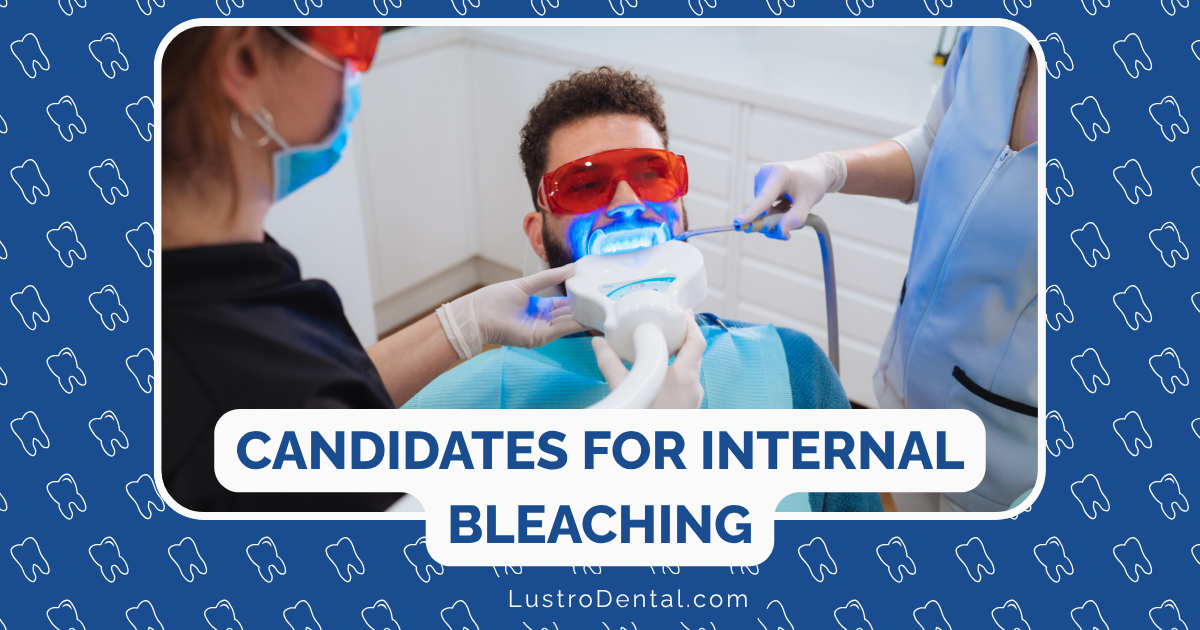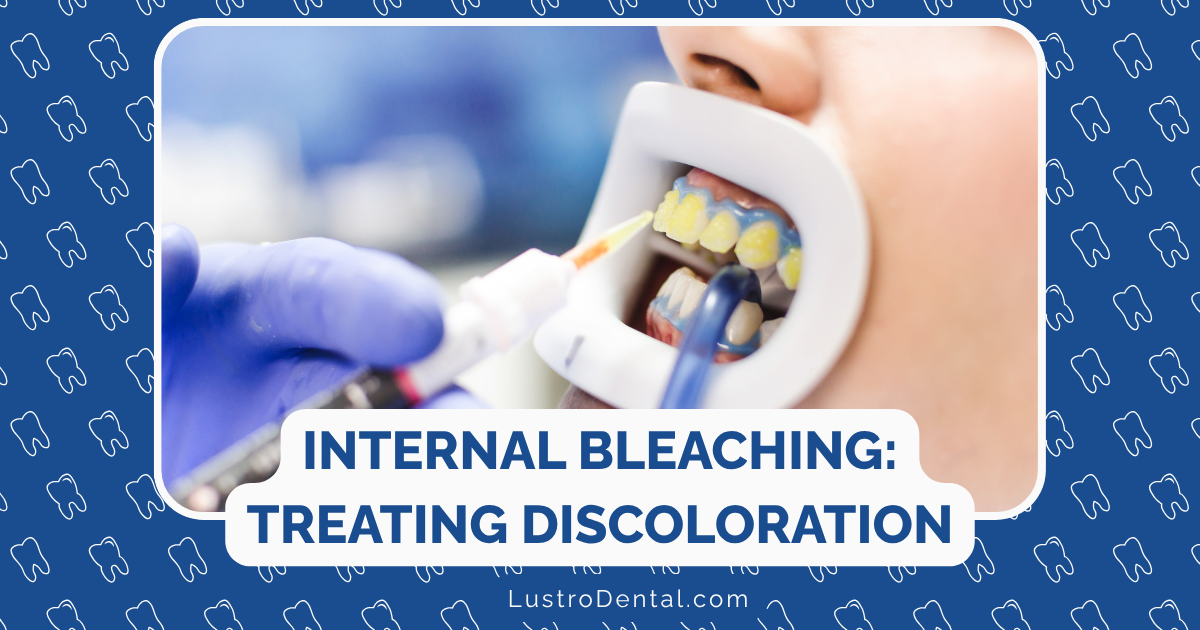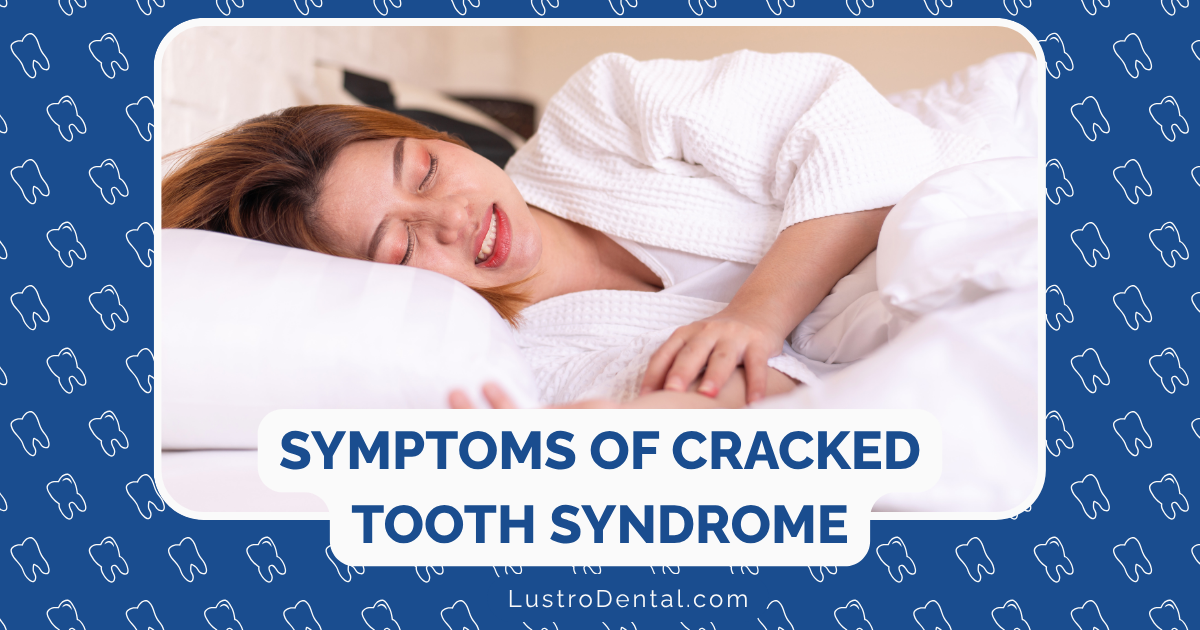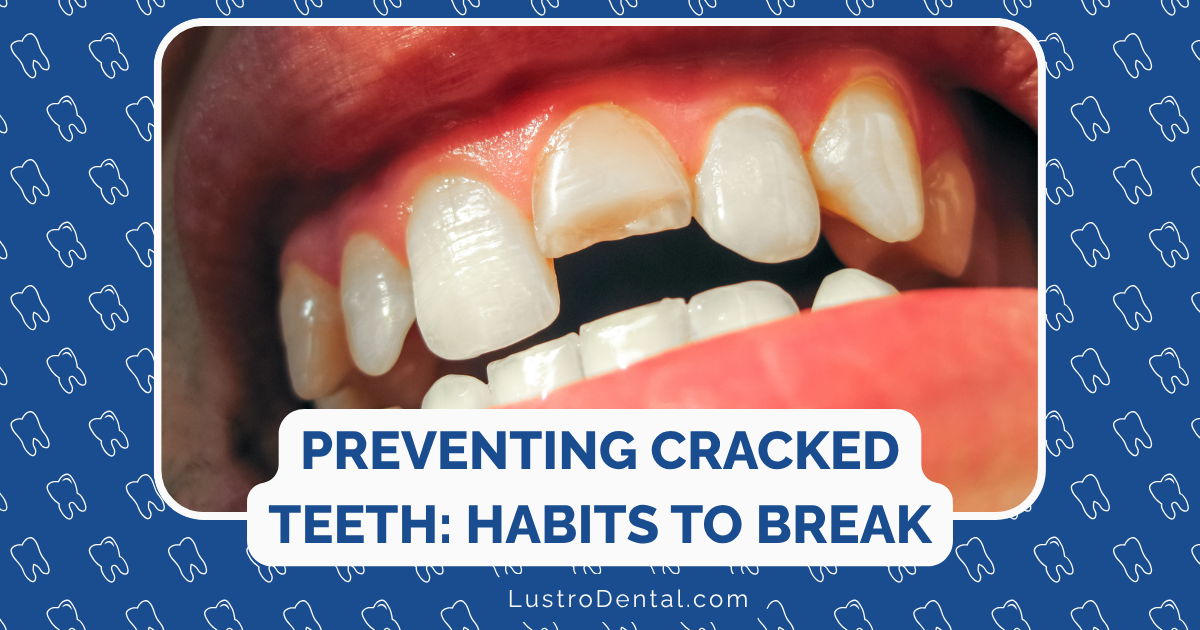Long-Term Outcomes of Internal Bleaching: What to Expect Years Later

If you’ve recently undergone internal bleaching or are considering the procedure to brighten a discolored tooth, you’re likely wondering about the long-term results. How long will the whitening effect last? Will the tooth stay bright for years, or will the discoloration eventually return?
As someone who’s guided many patients through this journey and followed their outcomes over time, I can tell you that understanding the long-term expectations of internal bleaching is crucial for making informed decisions about your dental health.
In this comprehensive guide, we’ll explore what research and clinical experience tell us about the long-term outcomes of internal bleaching, potential complications to be aware of, and strategies to maintain your results for as long as possible.
Understanding Success Rates: What the Research Shows
When evaluating the internal bleaching longevity, it’s important to consider both clinical studies and real-world experience. Here’s what the research tells us:
Initial Success Rates
The immediate success rate for internal bleaching is impressive:
- 90-95% of cases achieve good to excellent results initially
- Patient satisfaction rates exceed 98% in the short term
- Most teeth show significant improvement after just 1-3 applications
Dr. Sarah Johnson, endodontist at University Dental Institute, notes: “The initial transformation can be dramatic, especially for teeth darkened by trauma or pulp necrosis. Patients are often thrilled with the immediate results.”
Medium-Term Outcomes (1-5 Years)
As we move beyond the initial treatment period, success rates begin to vary:
- 1-2 years post-treatment: Approximately 90% of teeth maintain satisfactory results
- 3-5 years post-treatment: Success rates range from 75-80%
- 5-year clinical studies: Research published in the Journal of Endodontics shows a 79% success rate at the 5-year mark, with rates as high as 91% for ideal cases with a single palatal access opening
A 2022 systematic review found that teeth bleached with modern techniques and materials (sodium perborate with water instead of high-concentration hydrogen peroxide) showed better long-term color stability.
Long-Term Outcomes (Beyond 5 Years)
The longer-term picture shows more variability:
- 5-8 years post-treatment: Approximately 60-65% maintain acceptable results
- Beyond 8 years: Success rates drop to 50-60%
- Re-treatment needs: Studies indicate that 10-40% of initially successful cases require re-treatment within 1-8 years
Dr. Michael Chen of Advanced Dental Specialists explains: “Internal bleaching isn’t always a one-and-done procedure. Some patients may need touch-up treatments years later, particularly if the original discoloration was severe or if they consume a lot of staining foods and beverages.”
Factors Affecting Long-Term Success
Not all internally bleached teeth have the same long-term prognosis. Several key factors influence how well the results will hold up over time:
1. Cause of Initial Discoloration
The original reason for the tooth discoloration significantly impacts long-term success:
- Trauma-induced discoloration: Generally shows better long-term stability
- Pulp necrosis discoloration: Moderate to good long-term results
- Tetracycline staining: More likely to experience color regression
- Material-related discoloration (from old root canal materials): Less predictable long-term outcomes
2. Bleaching Technique and Materials
The specific approach used during treatment matters:
- Walking bleach with sodium perborate and water: Shows better long-term color stability and fewer complications
- High-concentration hydrogen peroxide (30%): Associated with lower long-term success rates (below 50% in some studies) and higher risk of complications
- Combined internal-external techniques: May provide more stable results in some cases
3. Quality of Final Restoration
The restoration that seals the access cavity plays a crucial role:
- Well-sealed, high-quality composite restorations: Help maintain results by preventing leakage and new staining
- Compromised or leaking restorations: Can lead to new discoloration over time
- Restoration material choice: Some materials are more resistant to staining than others
4. Patient-Related Factors
Individual habits and characteristics also influence longevity:
- Oral hygiene practices: Better hygiene correlates with longer-lasting results
- Diet and lifestyle: Consumption of staining substances (coffee, tea, red wine, tobacco) can affect external appearance
- Age: Younger patients generally show better long-term outcomes
- Overall dental health: Better general dental health supports longer-lasting results
Potential Long-Term Complications
While internal bleaching is generally safe, there are some potential long-term complications to be aware of:
External Cervical Resorption
The most significant potential complication is external cervical resorption—a condition where the tooth structure begins to break down at the gumline.
- Incidence rate: Approximately 3.9-7% of cases, according to clinical studies
- Timeframe: Can develop months to years after treatment
- Risk factors: Use of high-concentration hydrogen peroxide (especially with heat), history of trauma, and lack of protective barrier placement
- Modern prevention: Proper cervical barrier placement and using sodium perborate with water instead of high-concentration hydrogen peroxide significantly reduces this risk
Dr. Lisa Wong, endodontist at City Dental Center, emphasizes: “The risk of cervical resorption is one reason why the technique and materials used for internal bleaching matter so much. Modern approaches with proper protective barriers and milder bleaching agents have dramatically reduced this risk.”
Crown Fractures
Some studies have reported an increased risk of crown fractures in internally bleached teeth:
- Mechanism: Bleaching agents may affect dentin structure and reduce microhardness
- Timeframe: Can occur months to years after treatment
- Prevention: Conservative access preparation, avoiding excessive removal of internal tooth structure, and proper restoration
Color Regression or Relapse
The most common long-term issue is color regression—the gradual return of discoloration:
- Mechanism: Multiple factors including porous tooth structure, leaking restorations, and new staining
- Pattern: Often gradual, occurring over several years
- Variability: Some teeth maintain their improved color indefinitely, while others show more significant regression
Maintaining Your Results: Long-Term Care Strategies
While some factors affecting long-term outcomes are beyond your control, there are several strategies to help maintain your results for as long as possible:
1. Excellent Oral Hygiene
- Brushing: Twice daily with a fluoride toothpaste
- Flossing: Daily to remove plaque between teeth
- Professional cleanings: Regular dental hygiene appointments (every 6 months)
2. Dietary Considerations
- Limit staining substances: Reduce consumption of coffee, tea, red wine, and dark-colored foods
- Rinse after consuming staining foods/beverages: A quick water rinse can help prevent stain accumulation
- Consider using a straw: For dark beverages to minimize contact with teeth
3. Avoid Tobacco Products
Smoking and tobacco use significantly increase the risk of new staining and can compromise long-term results.
4. Regular Dental Check-ups
- Monitor the bleached tooth: Your dentist can identify early signs of color regression or complications
- Assess restoration integrity: Ensuring the access cavity remains well-sealed
- Consider periodic touch-ups: If slight regression occurs, touch-up treatments may be possible
5. Consider Professional Maintenance
- External polishing: Can help remove surface stains that develop over time
- External whitening: For minor color regression, external whitening may help maintain overall appearance
- Restoration replacement: If the composite filling becomes stained or compromised over time
When Re-treatment May Be Necessary
Despite best efforts, some internally bleached teeth may require re-treatment years later. Signs that re-treatment might be beneficial include:
- Noticeable darkening: The tooth has visibly darkened compared to its post-treatment appearance
- Increased contrast with adjacent teeth: The treated tooth now appears noticeably different from surrounding teeth
- Compromised restoration: The filling that sealed the access cavity shows signs of wear, staining, or leakage
The good news is that re-treatment is usually possible and often successful. The procedure typically involves:
- Removing the existing restoration
- Cleaning the pulp chamber
- Applying fresh bleaching agent
- Placing a new, high-quality restoration
Alternative Options for Long-Term Esthetics
If internal bleaching doesn’t provide lasting results or isn’t appropriate for your situation, several alternative options exist:
- Porcelain veneers: Provide excellent esthetics and longevity (10-15+ years)
- Full-coverage crowns: Offer complete color control and structural protection
- Direct composite veneers: More conservative than porcelain but less durable (5-7 years)
Dr. Johnson advises: “I always discuss these alternatives with patients, especially if their case has factors that might compromise the long-term success of internal bleaching. Sometimes a combined approach—internal bleaching followed by a veneer years later if needed—provides the best long-term solution.”
Real Patient Experiences: Years After Treatment
To illustrate the range of long-term outcomes, consider these experiences from actual patients:
Case 1: Maria, 42
Treatment: Internal bleaching of a traumatized upper central incisor
Initial result: Excellent, matching adjacent teeth perfectly
5-year outcome: Maintained 95% of improvement, barely perceptible difference from adjacent teeth
10-year outcome: Slight darkening but still acceptable; opted for touch-up treatment at 12 years
Case 2: James, 35
Treatment: Internal bleaching of a discolored lateral incisor after root canal
Initial result: Good improvement, slight difference from adjacent teeth
3-year outcome: Moderate regression of color, more noticeable contrast with adjacent teeth
5-year outcome: Decided to place a porcelain veneer for more predictable long-term esthetics
Case 3: Sarah, 28
Treatment: Internal bleaching of a darkened premolar
Initial result: Excellent match with adjacent teeth
7-year outcome: Maintained results with minimal change
Current status (15 years later): Still satisfied with the appearance, no re-treatment needed
These cases illustrate the variability in long-term outcomes and the importance of personalized treatment planning.
Final Thoughts: Setting Realistic Expectations
Internal bleaching offers a conservative, effective approach to treating discolored teeth, but it’s important to approach it with realistic expectations about long-term outcomes.
While some patients enjoy results that last a decade or more, others may experience color regression within a few years. Understanding the factors that influence long-term success can help you make informed decisions about your dental care and take steps to maximize the longevity of your results.
Remember that dental technology continues to advance, and today’s techniques and materials offer better long-term outcomes than those used in earlier studies. Working with an experienced dental professional who uses current, evidence-based approaches will give you the best chance for lasting results.
Have you experienced internal bleaching? How have your results held up over time? Share your experience in the comments below to help others on their dental journey.







